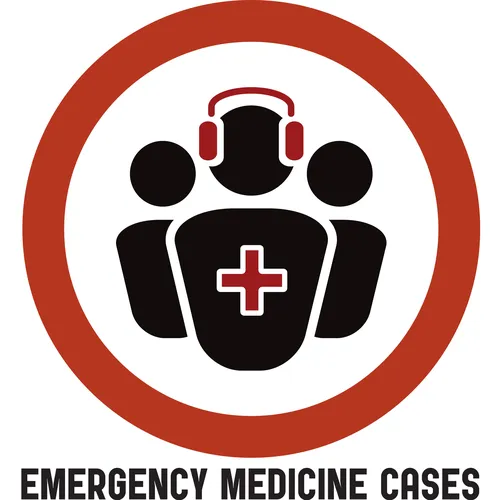EM Quick Hits 22 Postpartum Hemorrhage, Phenobarbital in Status Epilepticus, Managed Alcohol Programs, Traumatic Cardiac Arrest, Cholangitis, ED Approach to ARDS
- Author
- Dr. Anton Helman
- Published
- Tue 15 Sep 2020
- Episode Link
- https://emergencymedicinecases.com/em-quick-hits-september-2020/
Topics in this EM Quick Hits podcast
Anand Swaminathan on ED management of postpartum hemorrhage (00:55)
Justin Morgenstern on phenobarbital in pediatric status epilepticus (6:41)
Michelle Klaiman on managed alcohol programs (12:16)
Andrew Petrosoniak on traumatic cardiac arrest (19:42)
Brit Long on diagnosing cholangitis (27:53)
Bourke Tillman on ED approach to ARDS Part 1 (33:56)
Podcast production, editing and sound design by Anton Helman
Podcast written summary & blog post by
Anand Swaminathan, Michelle Klaiman, Andrew Petrosoniak & Anton Helman
Cite this podcast as: Helman, A. Swaminathan, A. Klaiman, M. Morgenstern J. Long, B. Tillman, B. Petrosoniak, A. EM Quick Hits 22 - Postpartum Hemorrhage, Phenobarbital in Status Epilepticus, Managed Alcohol Programs, Traumatic Cardiac Arrest, Cholangitis, ED Approach to ARDS. Emergency Medicine Cases. September, 2020. https://emergencymedicinecases.com/em-quick-hits-september-2020/. Accessed [date].
ED Approach to Postpartum Hemorrhage
* After delivery, don’t forget about mom to focus on the baby. Look for bleeding and initiate aggressive management early.
* Postpartum hemorrhage is defined as > 500 cc of bleeding after delivery. If it looks like there’s a lot of blood, start resuscitation.
* Start with basic resuscitation - 2 large bore IVs, O2, Cardiac monitor, fluids and blood
* Once you recognize postpartum hemorrhage, rally your consultants immediately.
* Although there are a number of procedures the EP can perform to slow or stop bleeding, often, these patients will require further intervention
* Start by placing a call to obstetrics/gynecology but recognize that some patients will be amenable to interventional radiology (uterine artery embolization). If you don’t have OB/GYN, call your general surgeon.
* Uterine atony is the most common cause of postpartum hemorrhage
* Start with external uterine massage, progress to internal massage and consider packing.
* There are a number of medications that can stop bleeding in atony including oxytocin (1st line), misoprostol and methergine.
* Recognize other causes of postpartum hemorrhage if atony is not present
* Other causes include retained products of conception, trauma from delivery, uterine inversion, intrinsic bleeding disorders and DIC.
For more on the ED approach to postpartum hemorrhage: EM Quick Hits 53 Postpartum Hemorrhage, Serotonin Syndrome, TBI Herniation Syndromes, Ulcerative Colitis, Pediatric C-Spine Immobilization, Global EM
Expand to view reference list
* Lew GH, Pulia MS: Emergency Childbirth, in Roberts JR, Hedges JR, Custalow CB, et al (eds): Clinical Procedures in Emergency Medicine, ed 6. Philadelphia, Saunders, 2013, Ch 56:p 1155-82.
Phenobarbital as 2nd line agent for pediatric status epilepticus
* A 2019 single center well done RCT out of South Africa showed that phenobarbital stops twice as many seizures and achieves a non-convulsive state more than twice as fast as phenytoin in children ...
